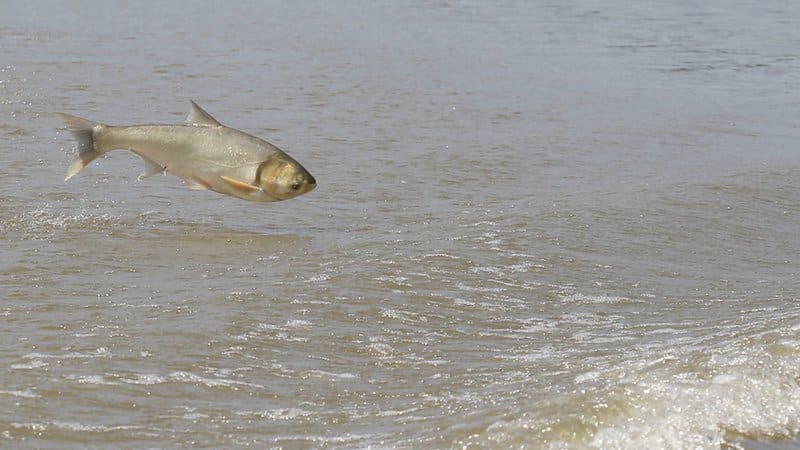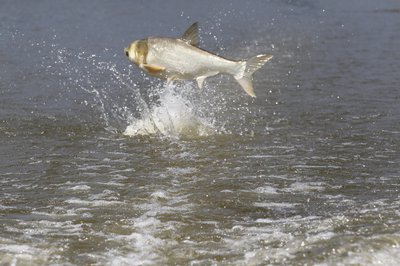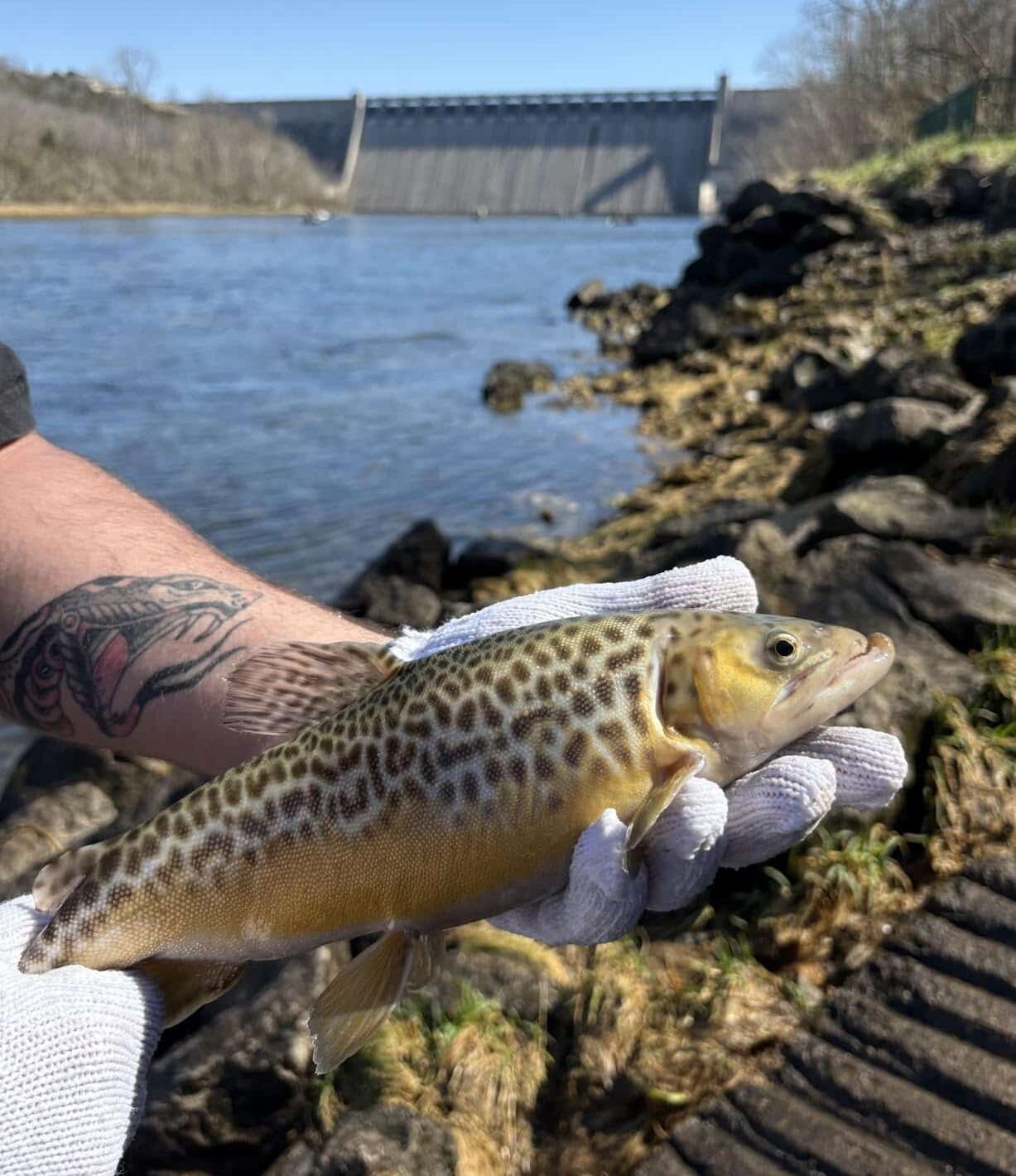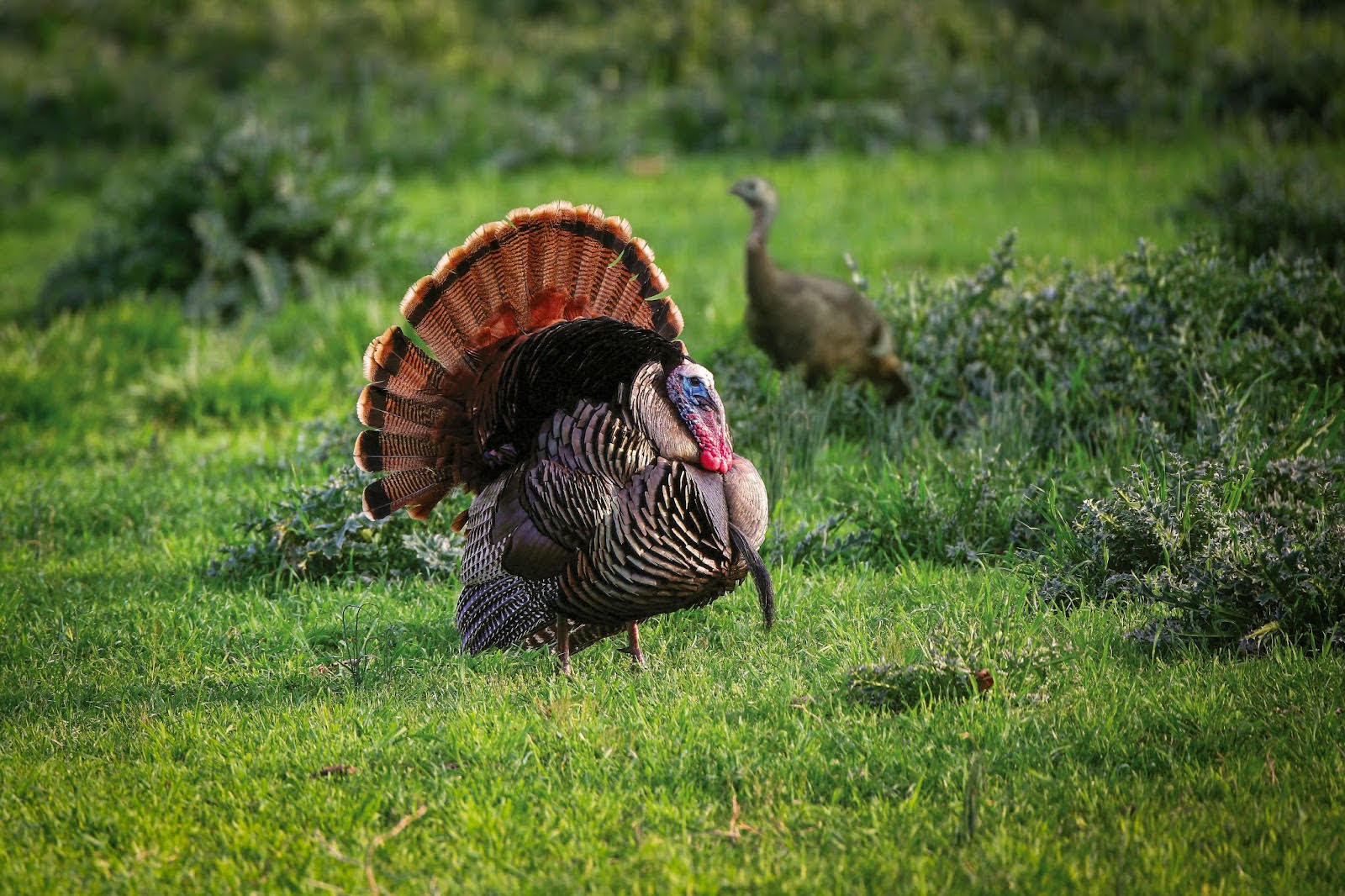New USFWS grant will help AGFC tackle Asian carp
BY Jim Harris
ON 09-23-2020

Sept. 23, 2020
Jim Harris
Managing Editor Arkansas Wildlife Magazine
LITTLE ROCK – Arkansas will receive a share of $25 million being distributed in 2020 by the U.S. Fish and Wildlife Service to states in the Mississippi River Basin and the Great Lakes region to better manage and study Asian carp.
The Arkansas Game and Fish Commission has been working for the past several months to receive some of the grant money, according to Bill Posey, Fisheries Division assistant chief over Aquatic Wildlife Diversity Programs, and USFWS is passing along $863,177 to the agency on Oct. 1, with about $635,000 available this fiscal year. At the September AGFC commission meeting last week, Commissioner Joe Morgan announced that his budget committee had approved a minute order moving $635,759 to the Fisheries Division for Asian carp research and management, with the USFWS’s grant reimbursing the entire amount.
“This is a new pot of money put into the U.S. Fish and Wildlife budget by Congress in the past year specifically for managing Asian carp,” Ben Batten, AGFC Fisheries chief, said. “There are 28 states that make up the Mississippi River Basin, and almost all of them are affected in some way. We have been researching and monitoring Asian carp, but these additional funds will greatly enhance our ability to progress in our knowledge and management capabilities.”
Total amount of money allocated to the sub-basins that include Arkansas was $2.3 million. The entire congressional appropriation to the USFWS was $25 million, with $13.92 million going to areas outside the Great Lakes region.
Posey said the AGFC receives an annual appropriation of $46,000 a year from USFWS to implement its Aquatic Nuisance Species plan, which was approved in 2013. Asian carp are only a part of that plan, with such invasive species as the northern snakehead plus several aquatic nuisance plants also getting the agency’s attention.
There are four known species of Asian carp in Arkansas: silver, bighead, grass and black carp. The AGFC’s plans will be geared mostly toward managing silver and bighead carp, Posey said, but all four species of nonnative, nuisance carp will receive attention.
Arkansas received enough money from the USFWS funding to help with management projects in two Mississippi River sub-basins, Posey said. Arkansas will share efforts with Louisiana, Mississippi, Tennessee, Kentucky and Missouri in the lower Mississippi River sub-basin on one project, and will also manage Asian carp in the Arkansas, White and Red rivers sub-basin that extends into northwest Louisiana, Texas, Oklahoma, Missouri, Kansas, New Mexico and Colorado.
Sen. Mitch McConnell (R-KY.), the Senate majority leader, reportedly led the funding efforts in Congress late last year for the USFWS appropriation. Kentucky Lake, a navigation reservoir on the Tennessee River that reaches into the senator’s home state, has seen a serious invasion of silver carp in recent years.
Asian carp are viewed as a food source in China, from where they came to the U.S. in the last century. They were imported to the U.S. to help manage aquatic vegetation in aquaculture ponds and sewage lagoons or, in the case of black carp, to control the snails in aquaculture ponds. Black carp threaten native mussel, snail and crayfish populations, the most endangered groups of animals in the world. The introduction of grass carp for aquatic vegetation management in lakes didn’t appear problematic since they were not known to reproduce in the environment. However, fertile grass carp were recently found in the Sandusky River in Ohio and are believed to have been born and bred there. The Sandusky River flows into Lake Erie, one of the Great Lakes.
Silver and bighead carp can reproduce in large numbers in rivers, and Posey says he’s seen silver carp that were 15-20 pounds. The carp can dominate the fish community in backwaters and make life difficult for sport fish, hurting angling and tourism in the process.
Silver carp and bighead carp feed on plankton, Posey said. “All species of fish rely on plankton at some point in their life,” he said. “When you start having a large amount of consumers of plankton, like silver carp or bighead carp, they are going to affect other species.
“Currently, the best method to manage Asian carp is removal”, Posey added. That is where some of this funding will go. “We hope to contract fishermen to harvest them and get them out of the water,” he said.
Along with contracted fishing for carp, the money to Arkansas will allow biologists to research Asian carp populations and movement, he said. Right now, Posey says, it’s just a guess how many are in the state’s waterways. Some $200,000 in the first year is budgeted for contract fishing, split between the two sub-basins in Arkansas, while nearly $400,000 is split in the budget for studying movement, distribution and population demographics of Asian carp in both the Lower Red basin and the Lower Mississippi basin along with the Arkansas and White rivers. These projects will help inform future management decisions such as where migration barriers should be placed, spawning locations, the population size for these species, among other things, Posey said.
Before this latest money from USFWS, most big grants to manage Asian carp were going to prevent their migration into the Great Lakes from the Mississippi River via the Chicago River and through the Chicago shipping canal. This grant will continue to send about $11 million that direction.
Silver carp are encountered more in the backwaters, such as an oxbow or something along those lines, rather than the main river itself, Posey said, Carp have provided a business opportunity for some people; Posey noted a company in Kentucky that buys Asian carp from commercial fishermen and processes the meat into multiple products for shipping back to Asia. “It’s a light meat, kind of sweet, with a firm texture,” he said.
Recent News

Catch a tiger by the tail(water)
Mar. 31, 2025
Subscribe to Our Weekly Newsletter E-mails
Don’t miss another issue. Sign up now to receive the AGFC Wildlife Weekly Newsletter in your mailbox every Wednesday afternoon (Waterfowl Reports are published weekly during waterfowl season and periodically outside the season). Fishing Reports arrive on Thursdays. Fill in the following fields and hit submit. Thanks, and welcome!

